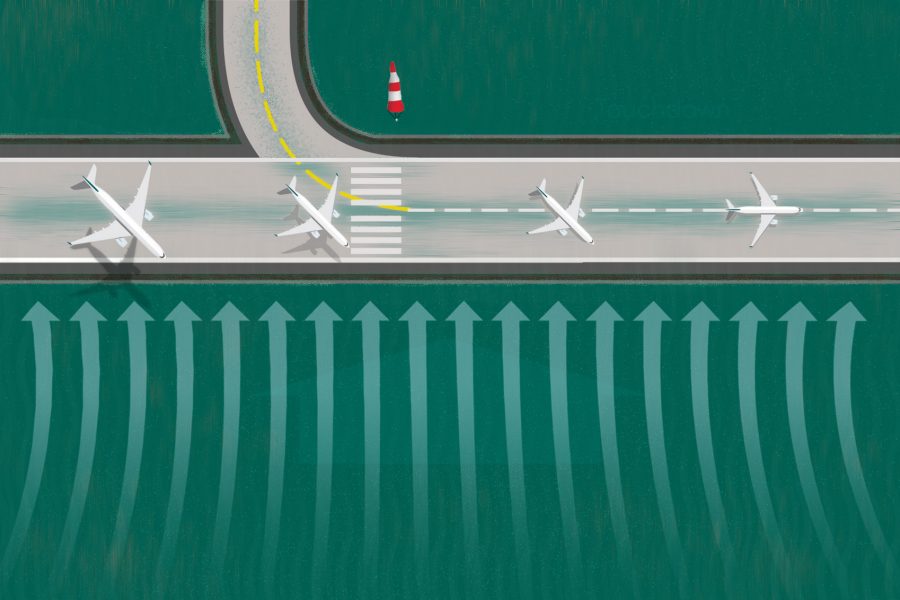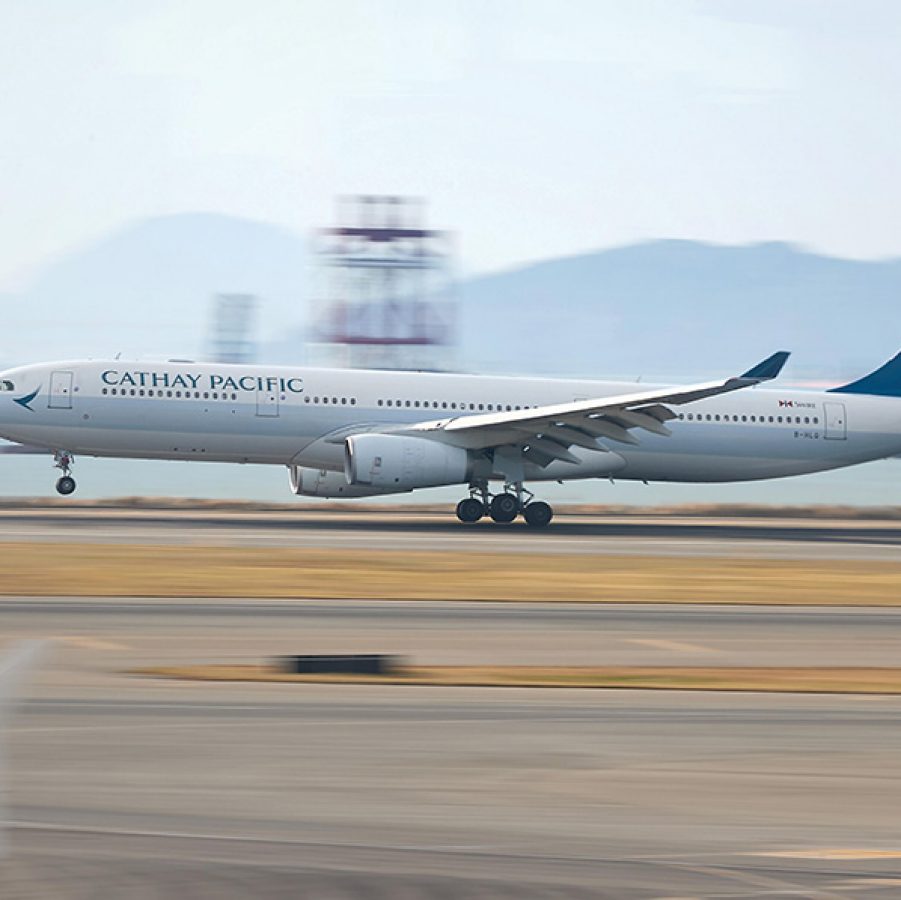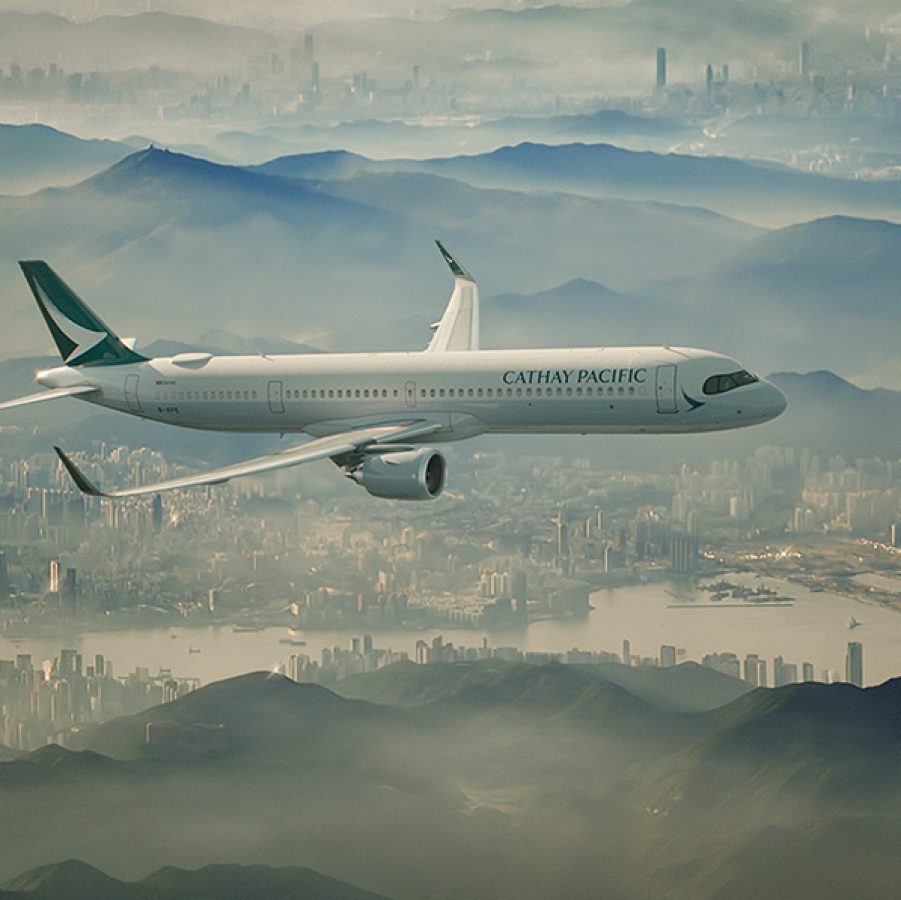The crosswind landing: how pilots deal with this potentially risky form of landing a plane

The aircraft comes in to land – and it’s flying sideways. Nose diagonal to the runway: that can’t possibly work. But just seconds before touchdown, the plane twists sideways, lining up parallel to the runway – another perfect, dramatic landing.

Credit: Christian Petersen Clausen/Alamyimages
These are crosswind landings – a staple of YouTube aviation channels. And while news outlets may like to frame dramatic-looking landings like these as “risky” or “nail-biting”, the picture inside the flightdeck is one of concentrated calm. There is a well-rehearsed technique to “push off the drift” for a smooth, straight and safe landing. Although that’s not to say there aren’t challenges.
Ideally, aircraft land facing into wind. This increases the airspeed – the rate air is forced over the wings to maintain aerodynamic manoeuvrability – while reducing the aircraft’s actual speed over the ground. While runways are normally designed to run parallel to the prevailing wind, this is not always possible at some airports – nor is the weather always compliant. Crosswinds are inevitable, so pilots practise these landings frequently in their simulator sessions.
All of our aircraft have “crosswind limits”, as Head of Line Operations Captain James Toye and Line Operations Manager Captain Tony Pringle explain. “When manufacturers build a new aircraft, they fly it around the world to find the most extreme crosswinds they can, and determine what that limit is,” says Captain Toye. “We abide by those and typically, if the wind was over the limits, we wouldn’t even do an approach and attempt to land; we would go straight to a diversion.”

Credit: Christian Petersen Clausen/Alamyimages
The wind limits depend on the aircraft but 40 knots (about 80kph) is a good rule of thumb. Aircraft can land in stronger winds, but it’s the strength of the crosswind that determines the limit. The tower will update the flight crew with the wind status so they can make the calculation, and be ready to adapt to changes in direction and gusts. “There may be a 40-knot wind blowing at an angle across the runway,” says Captain Pringle. “But the crosswind – the wind blowing perpendicular to the runway – may only be 20 knots, which is within the limits.”
The other limits are based on crew experience. At Cathay Pacific, if the crosswind exceeds a certain limit, it becomes a “captain’s landing” – this is where expertise and flying skills show through. “You keep on the path all the way to the runway, then you make that correction to straighten up by pushing the rudder, maintaining wings level and lining everything up by pushing off the drift,” says Captain Toye. “Getting that height right is where technique and finesse come in.”
Of course, if the aircraft does not feel stable and the flying pilot is not comfortable, they will elect to go around – to increase the engine thrust and take off onto an agreed flight path until called in by air traffic control to try again.
Chances are, you will have experienced crosswind landings without knowing it. But if you do get that sideways feeling when you come into land, you can be assured there is skill and experience up front to ensure a smooth touchdown.
More inspiration
- China – the Chinese Mainland, Hong Kong SAR, Macao SAR and Taiwan Region
- Hong Kong SAR - English
- Chinese Mainland (China) - English
- Taiwan, China - English
- 香港特別行政區 - 繁體中文
- 中国內地 - 简体中文
- 中國台灣 - 繁體中文
- Africa
- South Africa - English
- Asia
- Bangladesh - English
- Korea - English
- Singapore - English
- Cambodia - English
- 한국 - 한국어
- Sri Lanka - English
- India - English
- Malaysia - English
- Thailand - English
- Indonesia - English
- Maldives - English
- ประเทศไทย - ภาษาไทย
- Indonesia - Bahasa Indonesia
- Myanmar - English
- Vietnam - English
- Japan - English
- Nepal - English
- Việt Nam - tiếng Việt
- 日本 - 日本語
- Philippines - English
- Australasia
- Australia - English
- New Zealand - English